Italy is more than just beautiful postcards—it's a country rich in culture, flavor, and surprises. From regional food traditions and local language quirks to hidden historic gems and breathtaking landscapes, Italy offers something unique at every turn.
This guide dives into the lesser-known sides of Italian life, exploring fascinating customs, intriguing history, and enchanting places off the beaten path. Get ready to discover what makes Italy truly unforgettable.
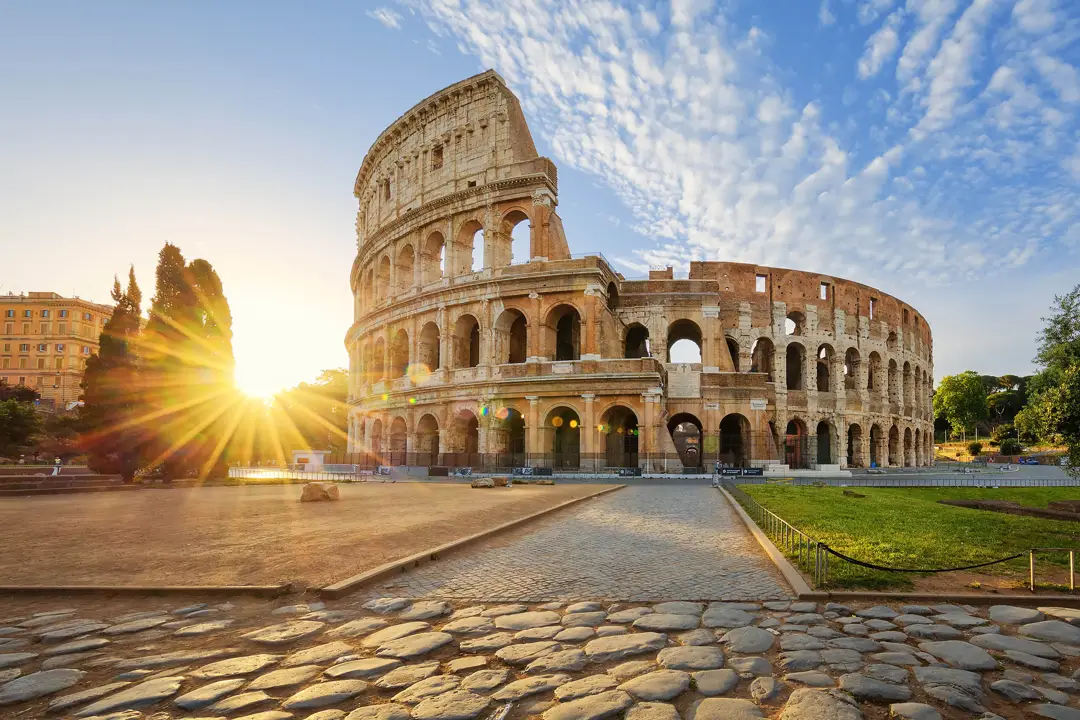
Italian Culture
1. Italian Is a Young Language with Ancient Roots
Italian, as we know it today, didn’t exist until Italy unified in 1861. Before that, people spoke local dialects rooted in Latin, creating a rich mix of cultures.
2. Italians Talk with Their Hands—Literally
In Italy, it’s not enough to communicate with words alone. Italians have a unique talent for spoken and fizzy body language: they have a whole vocabulary of hand movements to accompany their conversations.
It’s not only highly amusing, but it’s crucial if you want to be able to communicate at a deeper level in the language.

3. Italians Eat Gelato Even in Winter
You probably associate gelato with the summer, but Italians don’t limit themselves to one season for this delicious confection.
Gelato shops are always busy in Italy, even when there’s a winter chill in the air. They carry on this creamy, flavorful tradition year-round in celebration of all of life’s sweetness.
4. Each Region Guards Its Own Pasta Rules
Italy is extremely proud of its pasta, and each region insists that its shapes and sauces are best. You would never find a Roman serving a carbonara made with penne rather than spaghetti. Such a culinary faux-pas would result in a raised Italian eyebrow!
This dedication to tradition ensures that every plate of pasta you order in Italy will be special.

5. Coffee Culture Has Strict Rules
In Italy, a cup of coffee is so much more than a cup of coffee; it’s a local rite of passage complete without written guidelines.
For instance, never order a cappuccino after 11 a.m.: it’s only for breakfast. The word “latte” actually just means “milk,” so don’t be surprised if that’s what you get if you ask for one.
6. Names Day (Onomastico) Is Celebrated Like a Birthday
Many Italians celebrate their “onomastico,” or name day, honoring the saint they’re named after—often with cake, gifts, and a nod to Catholic tradition.
Culinary Traditions and Foodie Finds
7. There Are Over 400 Types of Cheese in Italy
Italy has more than 400 types of cheese. Ever heard of Parmigiano Reggiano? It’s called the “King of Cheeses,” and it’s regularly aged for over 30 months.
But there’s always Casu Marzu if you dare, the Sardinian cheese filled with live larvae. All the various regional cheeses add to Italy’s already diverse food options.

8. The Oldest Olive Tree in Italy Is Over 3,000 Years Old
In the lively Italian province of Puglia, there is an immortal olive tree. This ancient tree, the “L’Ulivo di Voglia” is over 3,000 years old and is still producing olives despite its great age.
It provides a living window into Italy’s history. The olive tree also serves as a symbol for the country’s enduring love of olive oil, which is in the heart of nearly all Italian dishes.
9. Italy Has a Free Wine Fountain
Wine and the Italian spirit of generosity abound in the lush hills of Abruzzo. On the pilgrimage path of the Cammino di San Tommaso, there’s a public water fountain from which wine flows freely. Don’t worry. It’s free to drink!
The spot is maintained by a vineyard, and you can enjoy a quick drink before moving. It’s an Italian drink-and-be-merry kind of thing.
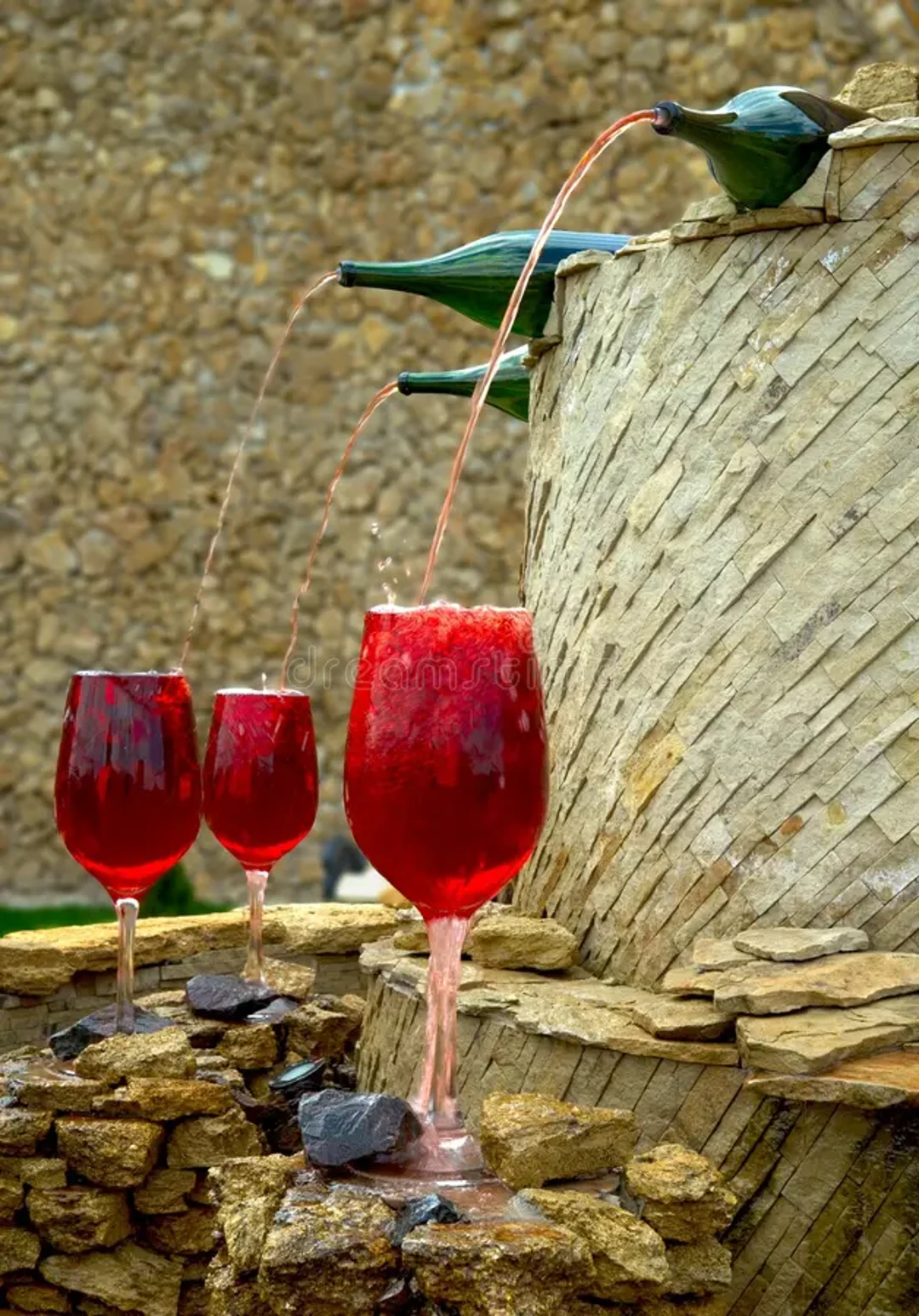
10. Parma Has a Museum of Pasta
Home to Museo della Pasta, Parma is the epicenter of all things pasta. This small museum traces the cultural and culinary history of pasta, displaying antique tools, unusual pasta shapes, and historical pasta-making practices.
This is an interesting visit to learn about one of Italy’s famed staples, as well as a reminder that all things pasta (as Italy makes up for 45% of all pasta in the world!).
11. Pizza Was Invented in Naples in the 18th Century
The lively city of Naplesis filled with delicious food, and it’s famously the home of pizza.
In the 18th century, they created the iconic Margherita pizza in honor of Queen Margherita of Savoy. Sporting the colors of the Italian flag — red tomatoes, white mozzarella, green basil— it quickly caught on as a patriotic statement.

12. There’s a Nutella Festival
Each year the picturesque region of Piedmont is home to a Nutella-themed festival.
Since it’s the birthplace of the famous chocolate-hazelnut spread, you can imagine how Nutella-crazy the region goes. There are Nutella-themed dishes, activities, and, not surprisingly, tons of tastings.
If you love Nutella, you’ll be in heaven, as the event celebrates the world’s most popular spread and its humble Italian beginnings.
Italian Innovations That Changed the World
13. Modern Banking Was Born in Florence
Florence is known for art, but it’s also the birthplace of modern banking. The world’s oldest bank was opened in this Italian city in 1472, and it’s still around today.
As proof of Italy’s business acumen, the invention of contemporary banking helped shape the financial industry worldwide. It’s interesting to think about how a city that’s so famous for art also played a role in finance.
14. Eyeglasses Were Invented in Italy in the 1200s
When the art of crafting lenses made its way to Italy in the 1200’s, it resulted in one of the most revolutionary inventions of the era: eyeglasses. In fact, eyeglasses probably first appeared in Pisa.
The earliest examples were designed to make life easier for monks and scholars, who used them while reading and working. The process was a slow one, but eventually they went from monks to everyday necessity of life.
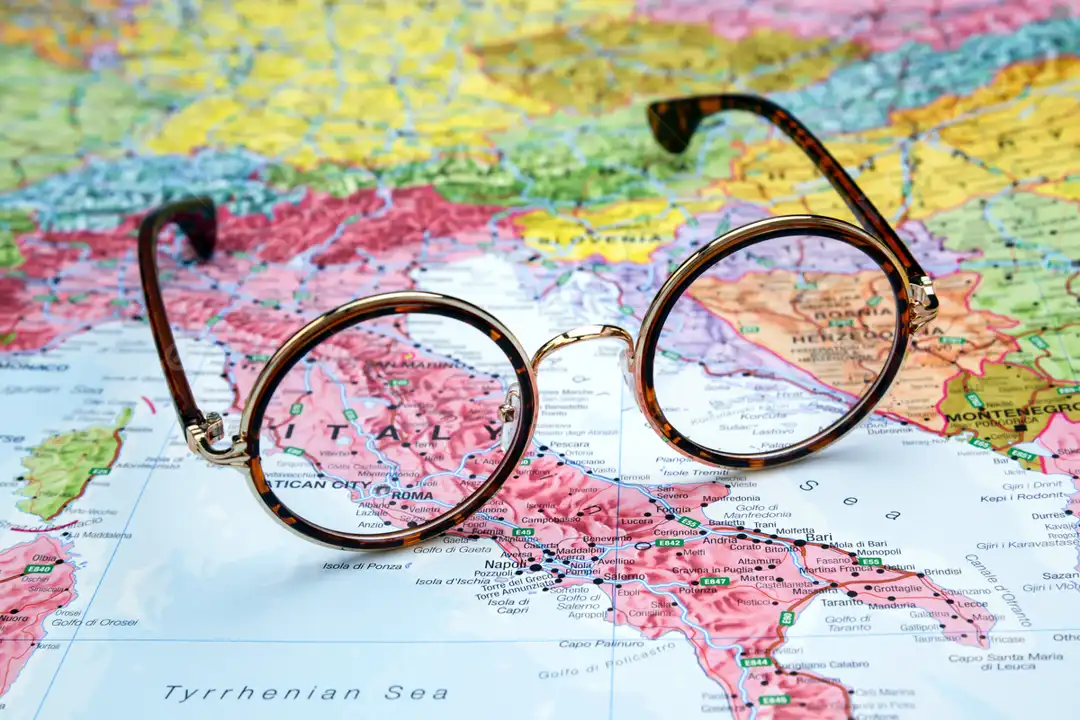
15. Italy Created the Musical Notation System
A lot of the music we hear today would not existwere it not for Guido of Arezzo. He developed a musical notation system in medieval Italy that would change music forever.
By doing things like placing notes on lines and spaces, for example, he forever changed the way music was written and taught. He essentially globalized and modernized music education.
16. The Thermometer Was Invented by an Italian
Galileo Galilei’s inquisitive mind created the first iteration of the thermometer as we know it today, forever altering our understanding of temperature.
This early 17th-century invention by the Italian scientist was revolutionary and would shape the development of thermometer-related technology for centuries to come.
17. Opera Originated in Italy
Opera comes across as slightly somber and a bit dramatic. It originated in the city of Florence during the 16th century. It’s pretty much a vessel for making music and telling stories, but boy does it tug at the old heartstrings!
Turned out, this Italian idea would become a universal hit, showcasing human emotions and human drama in an epic way. Leave it to Italy to display culture like that.

18. Italy Has More UNESCO World Heritage Sites Than Any Other Country
With more than 50 UNESCO World Heritage Sites, Italy is a virtual open-air museum of historic and architectural splendor.
These range from grand Roman ruins to stunning medieval cities. Each site tells a chapter in thousands of years of human history and Italy’s singular role in the world’s cultural legacy.
Geographical Oddities & Natural Marvels
19. Italy Has Three Active Volcanoes
Italy is famous for its stunning landscapes, and three still-active volcanoes: Etna, Stromboli, and Vesuvius. They all provide their own kind of fun to visitors.
Mount Etna is found in Sicily and is the tallest volcano in Europe. Hikers will love the lunar landscapes.
Stromboli is located on a small island and provides eruptions for all to see every once in a while.
Vesuvius is where the eruption occurred that buried Pompeii, encouraging travelers to walk in its shadows.

20. The Country Is Shaped Like a Boot—and It’s Not Just a Coincidence
The boot-shaped country of Italy was not just made up by the map makers. It’s all part of the creative way that Italians have always imagined the country — it is hard to miss on a map!
This geographic feature has become another endearing aspect of Italy and is something of a country symbol commonly known around the world.
21. Italy Has More Than 1,500 Lakes
When you think of Italy, lakes might not be what you associate with the country, but it actually has more than 1,500 of them!
All lakes offer stunning vistas and their own charm. Whether you go sailing and swimming, or just sit and admiring the view, you won’t be disappointed.
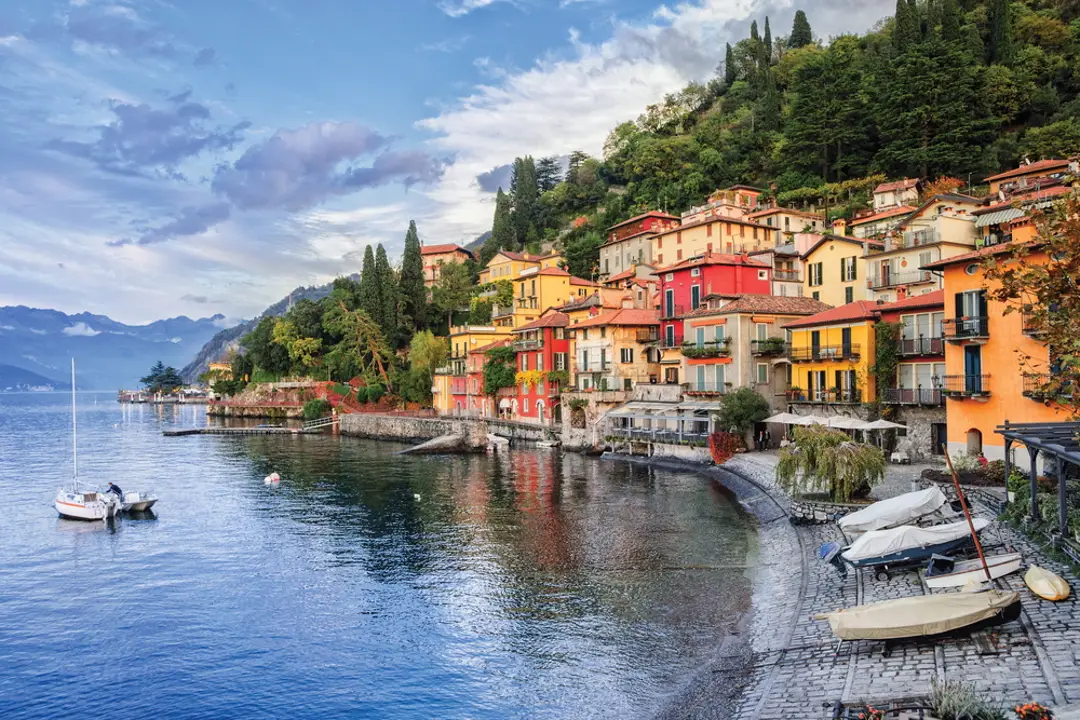
22. You Can Ski and Sunbathe in the Same Day
For those of you who can’t decide between snow and sand, look no further than Italy. For instance, you can wake up in the Alps and ski in the morning and then by afternoon, you can be laying on a beach on the Ligurian coast soaking up the sun.
With such diversity, Italy truly is the perfect country where you can do everything in a single day.
23. Italy Has a Pink Sand Beach
Looking to add some color to the beach? Try Budelli, a stunning island off the coast of Sardinia, which is home to a beach with bright pink sand.
The color comes from crushed coral and shells. It’s simply beautiful under the beating sun.
While you can’t swim on this beach anymore (the region is protected), it’s still a wonderful sight to behold — nature is truly amazing.
24. Italy Has a Ghost Town Revived by Art
Once at risk of being left to the past, Civita di Bagnoregio is booming again as an artistic refuge. This hilltop ghost town was brought back to life due to its cultural rebirth, drawing tourists and artists to the region.
As time wore on and it slowly deteriorated, the artists moved in to help save the town. The result is an Instagrammable mix of the historic and the artistic, an exciting place once more.
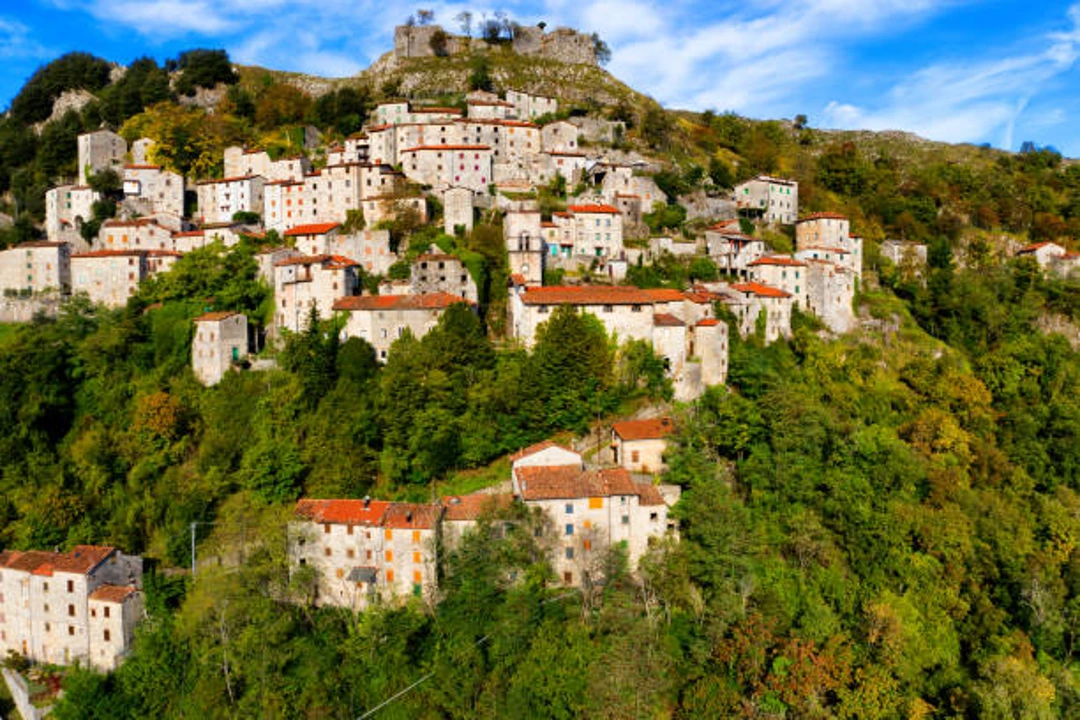
Unexpected Urban Wonders & Local Quirks
25. Rome Has Over 1,500 Public Fountains
Rome is home to a wealth of stunning fountains, more than 1,500 in fact. But these aren’t merely for decoration; many of them still spout fresh, drinkable water, serving both locals and tourists.
These fresh, natural, outdoor springs can come in handy, especially in summer. Be sure not to drink from the ones inside museums and churches though!
26. There’s a Secret Keyhole in Rome Framing St. Peter’s Dome
I came across a little tip while studying in Rome and had to find it out for myself. It’s located on Aventine Hill, and it will provide you with a perfectly framed view of the Basilica.
Hidden beneath a nondescript door handle, peering through the hole will give you a unique and unmarked view of the Basilica. It may not be exciting, but it sure is fun and one of my favorite things to do when I visit Rome.
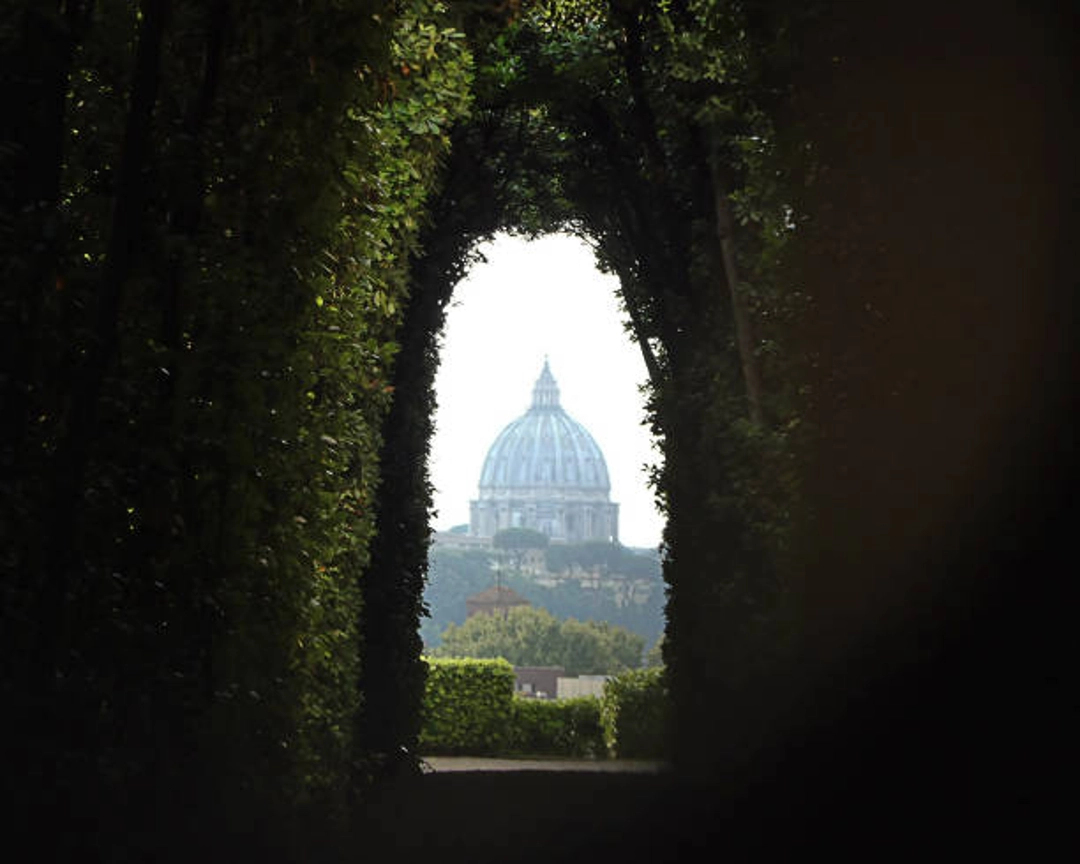
27. The Vatican Is the Smallest Country in the World
The Vatican, a city-state landlocked within Rome, is the smallest country in the world. Home to only around 800 inhabitants, it’s an unusual destination where religion, art, and history intersect in a small area.
It’s a country filled with masterpieces, including the ceiling of the Sistine Chapel, painted by Michelangelo. It’s a truly unique destination where the two worlds of the divine and artistic collide.
28. The Leaning Tower of Pisa Was a Mistake
The Leaning Tower of Pisa is probably one of the most famous architectural blunders in the world.
The tower was built during the 12th century and began to lean due to soft ground. The tower was never meant to lean but the mistake turned into a popular attraction.
29. Venice Has Over 400 Bridges and No Cars
In the magical city of Venice, there are more than 400 bridges and not a single car. Only boats and walking can get you where you need to go.
The result is an atmospheric setting where narrow waterways and alleyways beckon to be discovered. The city’s meandering bridges enhance its character, ensuring that every walk is a scenic adventure.
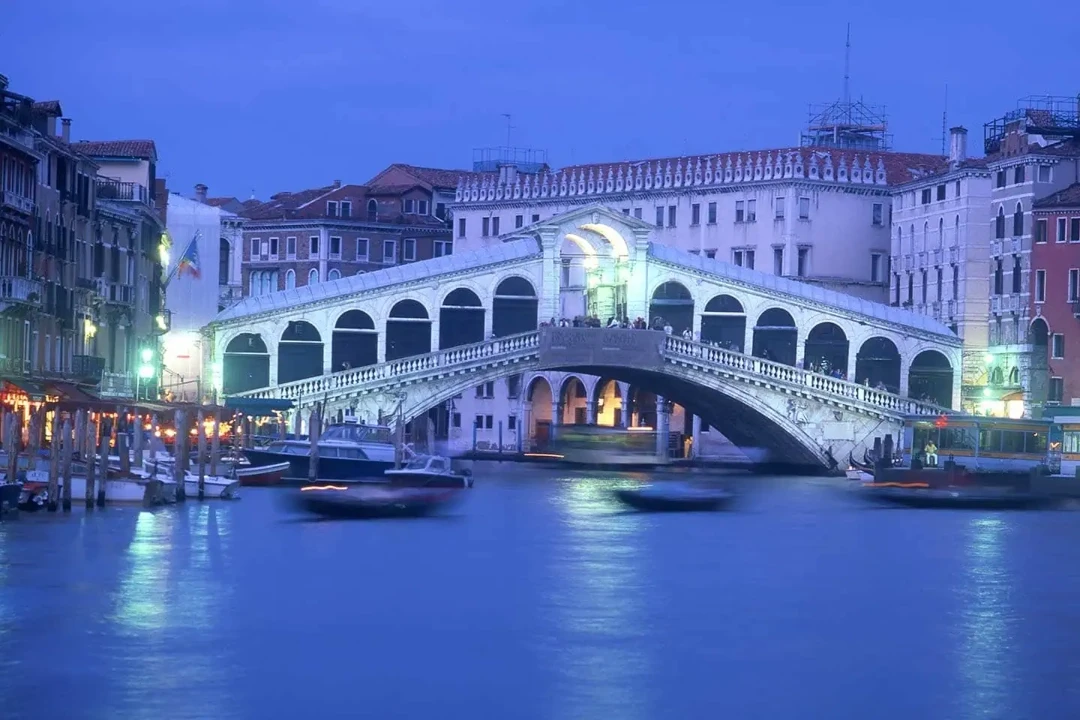
30. You Can Walk Through an Ancient Roman Sewer in Naples
In Naples, you can walk through history—under the city.
The Napoli Sotterranea tours allow you to explore underground tunnels, aqueducts, and ancient Roman sewers that date back more than 2,000 years. It offers a unique perspective on the city’s history and engineering.
Conclusion
Italy isn’t just about famous sights and amazing food—it’s full of quirky, surprising facts too. From the invention of modern banking and opera to rose-tinted beaches and expressive hand gestures, the country’s history and culture are anything but ordinary.
Exploring these fun tidbits adds an extra layer of charm, making every visit more memorable. Whether you’re laughing, puzzled, or amazed, that’s all part of Italy’s magic.
